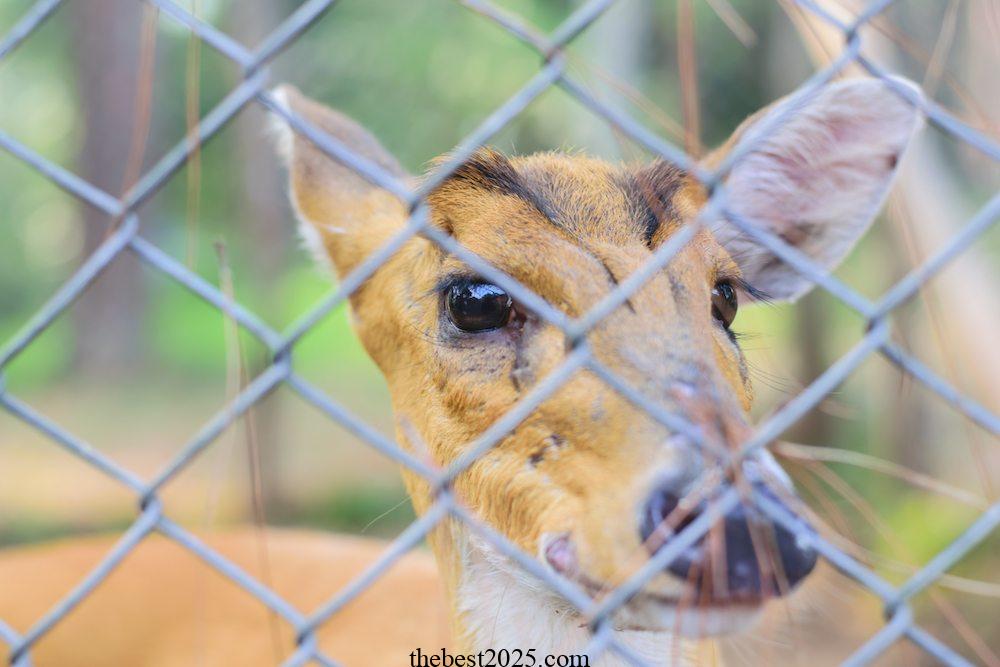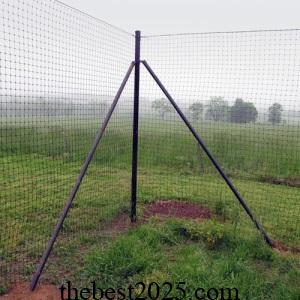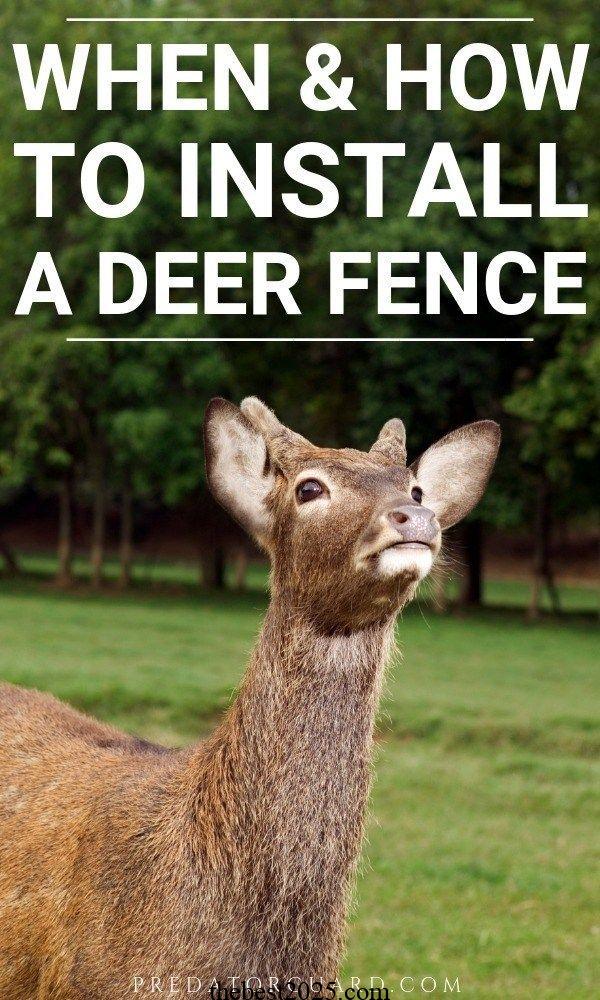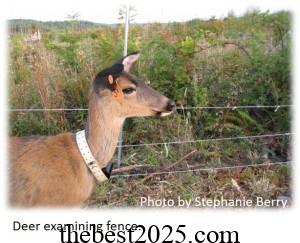Installing a Deer Fence to Protect Your
Garden
When it comes to safeguarding your garden from
the incessant nibbling of wildlife, installing a deer fence is
a crucial step to ensure the health and vitality of your plants. Deer can
wreak havoc on your carefully cultivated green space, leaving you frustrated
and disappointed. In this comprehensive guide, we will walk you through the
process of installing a deer fence to keep wildlife out of your garden and
maintain its beauty.
Assessing Your Garden’s
Needs

Before you begin the
installation process, it’s essential to evaluate your garden’s specific
requirements. Understanding the size of your garden, the type of plants you’re
growing, and the local wildlife population will help you choose the right type
of fence and the most effective installation method.
1.
Garden Size and Layout
Start by measuring the
dimensions of your garden area. This will give you an idea of the amount of
fencing material you’ll need. Consider the layout of your garden, including
any irregular shapes or unique features that may affect the fence’s
design.
2. Identify the Wildlife
Threat
Identify the specific wildlife that pose a
threat to your garden. In addition to deer, you may also need to protect
against rabbits, groundhogs, or other creatures. Understanding the local
wildlife will help you choose a fence that addresses all potential
threats.
3. Choose the Right Fence
Type
Deer fences come in various types, such as plastic
mesh, metal, or wooden fences. Each has its advantages and disadvantages. For
example, plastic mesh fences are cost-effective and easy to install, while
metal fences offer durability and long-term
protection.
Selecting the Ideal Fence
Height

Deer are agile creatures
and can jump relatively high. To keep them out effectively, you’ll need to
choose the appropriate fence height. A standard deer fence is typically around
7 to 8 feet in height. This height prevents most deer from
leaping over the barrier.
Gathering the Necessary
Materials

Now that you’ve
assessed your garden’s needs and selected the right fence type and height,
it’s time to gather the materials and tools required for installation. Here’s
a list of what you’ll need:
1. Fence Material:
Depending on your choice, you’ll need rolls of plastic mesh, metal fencing, or
wooden pickets.
2. Fence Posts: Sturdy fence
posts are essential to support and secure the fence material. You can use
wooden or metal posts, depending on your fence type.
3.
Post Digger or Auger: This tool will make digging holes for the fence
posts much easier.
4. Fasteners: Screws, nails,
or zip ties are necessary to attach the fence material to the posts
securely.
5. Gate Hardware: If your fence
includes a gate, you’ll need hinges, a latch, and other hardware for its
installation.
6. Post Level: Ensure your fence
posts are plumb and level during installation.
7.
Garden Tools: Shovels, rakes, and other basic garden tools will be
handy for preparing the ground and clearing vegetation.
Step-
by-Step Installation Guide

Now,
let’s dive into the step-by-step installation process of your deer
fence:
1. Mark Your Fence Line
Use stakes and
string to mark the intended fence line. This will serve as a visual guide for
the installation.
2. Prepare the Ground
Clear
any obstructions, such as rocks or roots, from the fence line. It’s important
to have a smooth and level surface for installation.
3. Dig
Post Holes
Using a post digger or auger, dig holes for your
fence posts at regular intervals along the fence line. Ensure the depth is
sufficient to provide stability for the posts.
4. Install Fence
Posts
Place your fence posts into the holes and secure them in
place using soil or concrete. Make sure they are level and
plumb.
5. Attach Fence Material
Unroll or
install the chosen fence material along the posts. Use fasteners to secure it
in place, ensuring there are no gaps or weak points.
6. Install
Gates (If Needed)
If your garden requires a gate, attach the
hinges and latch according to the manufacturer’s
instructions.
7. Inspect and Test
Once the fence
is fully installed, walk around it to check for any loose sections or gaps.
Ensure that your fence is secure and free from any weak
points.
Maintaining Your Deer
Fence

To ensure long-term
effectiveness, it’s essential to maintain your deer fence regularly. Here are
some key maintenance tips:
- Regular
Inspections: Periodically inspect your fence for any damage or signs
of wear and tear. Address any issues promptly to prevent wildlife from finding
weak points. - Vegetation Control: Keep the area
around your fence clear of vegetation, as overgrown plants can provide deer
with a way to access your garden. - Repairs and
Replacements: If you notice any damage to the fence material or posts,
repair or replace them as needed.
Frequently Asked
Questions (FAQ)
Q1: Can I use an electric fence to
deter deer?
Yes, electric fences can be an effective
deterrent for deer. They deliver a mild shock to discourage deer from
attempting to cross.
Q2: Do I need a professional for
installation?
While you can install a deer fence on
your own, it may be a good idea to consult with a professional, especially if
you have a large or complex garden layout.
Q3: What’s
the cost of installing a deer fence?
The cost can vary
depending on the fence type, size of your garden, and whether you choose to
install it yourself or hire a professional. A typical range is between $1,000
and $3,000.
Conclusion
Protecting your garden
from wildlife, especially deer, is crucial for maintaining its beauty and
ensuring the success of your plants. Installing a deer fence is a proactive
and effective measure that will keep these herbivores at bay. By following the
steps outlined in this guide and regularly maintaining your fence, you can
enjoy a thriving garden free from the constant threat of deer
intrusion.
tag
- chicken feed
- how to
Keep Chickens Off Your Porch - How to grow oyster
mushrooms at home - Growing Kale in Pots


0 Comments